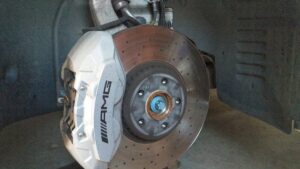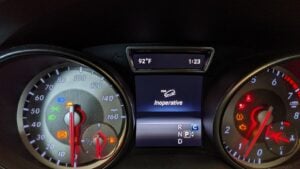Mercedes-Benz Check Coolant Level Warning Light
The Mercedes-Benz Check Coolant Level message is a warning on the vehicle’s dashboard, indicating that the engine’s coolant level is low and needs to be refilled. It is important to address this warning as soon as possible, as a low coolant level can lead to engine damage if not addressed. Checking the coolant level in the expansion tank and adding coolant as necessary is recommended. Suppose the message persists even after refilling the coolant. In that case, it’s recommended to have a professional mechanic check and diagnose the problem as a leak or other underlying issues could cause it.
Mercedes-Benz vehicles may display check coolant level warnings on the dashboard, which means the engine coolant level is low. Ignoring this warning can lead to engine overheating, failure, and expensive repairs. Engine coolant, also called antifreeze, is essential for engine operation, as a lack of it may result in overheating.
What is the reason why you are getting Check Coolant Level on a Mercedes-Benz?
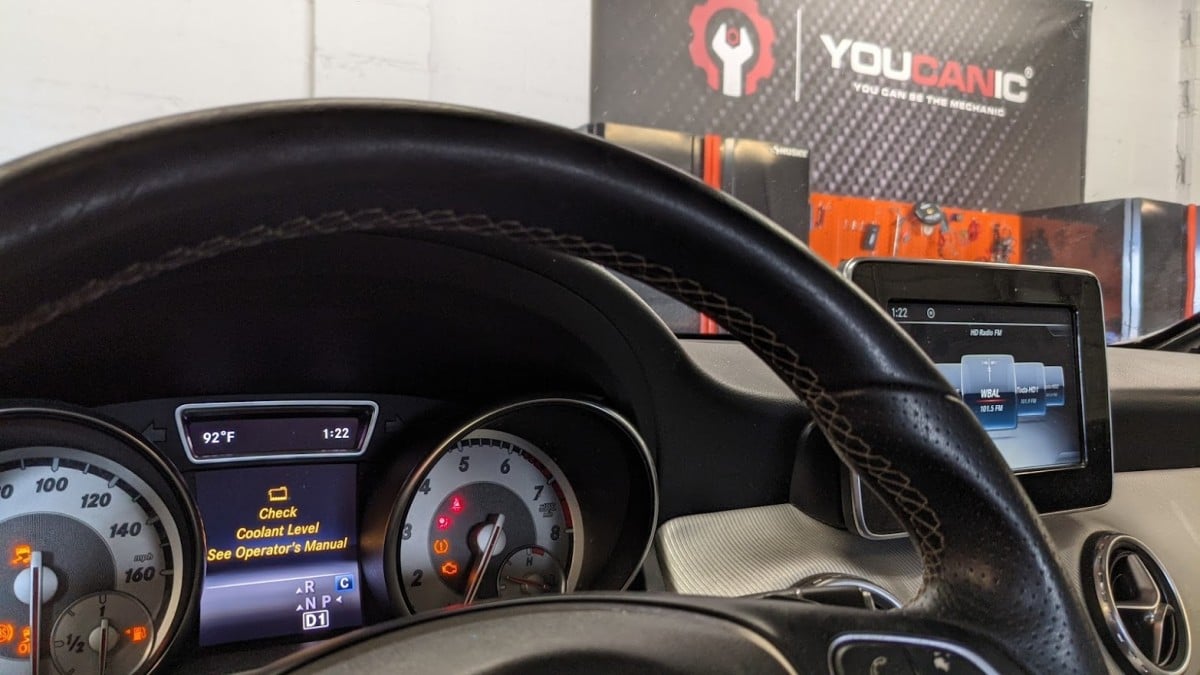
The Check, Coolant Level message indicates that the coolant level in the radiator or coolant tank is below the minimum. This means that the engine may overheat if you continue to drive. The water pump pushes the coolant inside the engine, taking away the heat generated by combustion. When the engine coolant level is low, the water pump may not circulate coolant and cool down the engine.
Coolant passes through several hoses to the radiator, where it cools down and returns to the engine to repeat the cooling process. A thermostat controls coolant flow to ensure optimum engine running temperatures.
Most systems also have a coolant bottle (overflow reservoir), which acts as a buffer that expands the coolant. Mercedes-Benz cars have a sensor that measures the coolant level within the bottle. The car will warn the driver immediately if the level falls below a certain level.
How to check the coolant level on a Mercedes Benz?
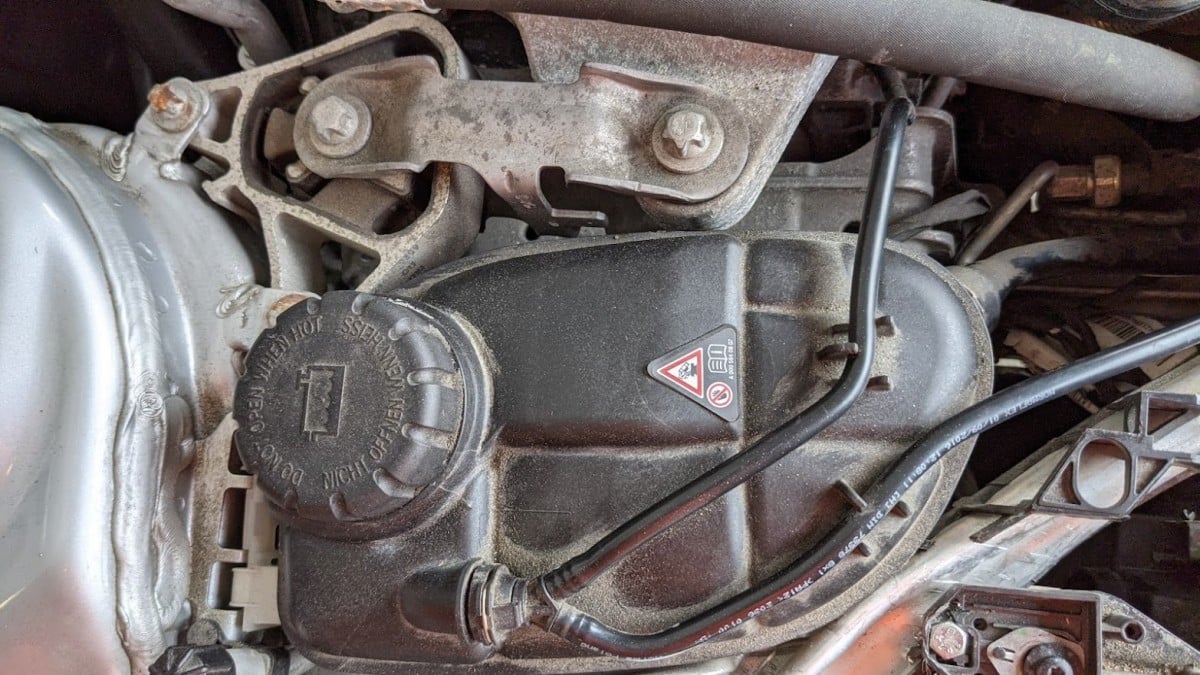
Checking the coolant level is similar on most Mercedes Benz vehicles, although some differences may be possible.
Here is a step-by-step procedure:
- Allow the engine to cool down.
- Pull the hood release under the dashboard, on the driver’s side.
- Lift the hood and locate the coolant bottle within the engine bay. This will be a plastic tank with a cap on top of it.
- Next, remove the cap from the bottle filler neck by unscrewing it counterclockwise. Ideally, this should be done only when the engine is cold, ensuring an accurate reading.
- Once the cap is removed, the coolant can be seen inside the bottle and checked for level. With a cold engine, it should be just at the top of a marker bar inside the filler neck.
- If the engine coolant level is low, add the recommended Mercedes-Benz engine coolant directly to this coolant tank.
Is it safe to drive a Mercedes-Benz with a coolant level warning on?
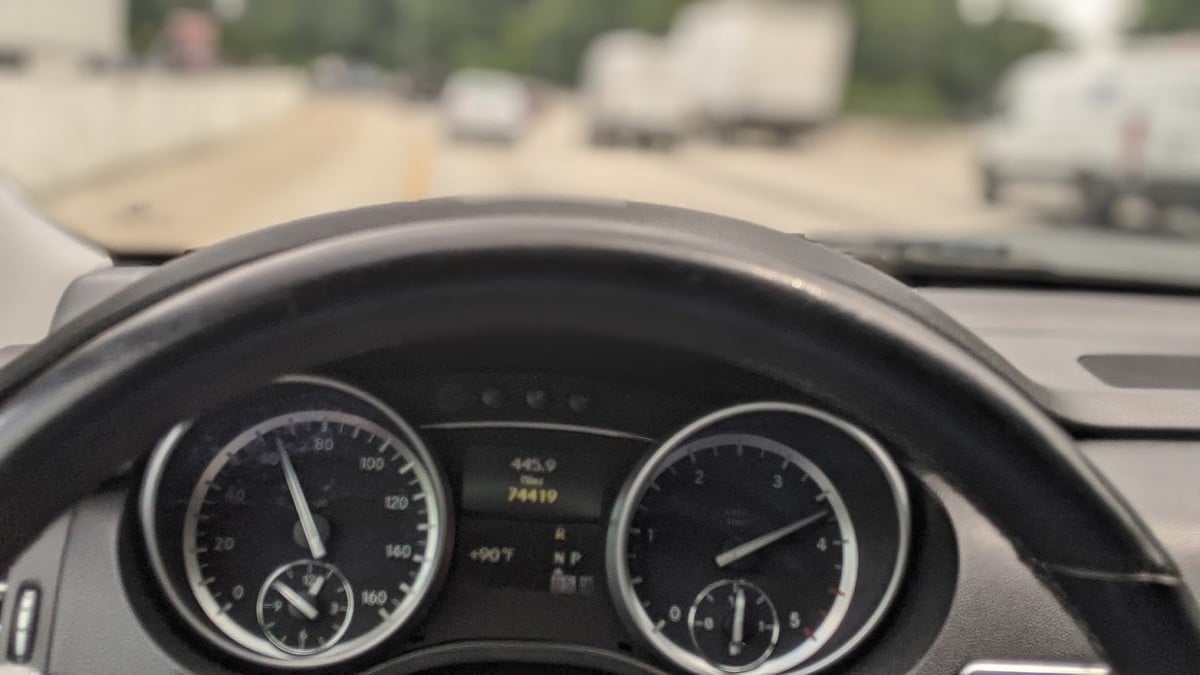
It is unsafe to drive a Mercedes-Benz with a coolant level warning. A low coolant level can cause your engine to overheat, leading to serious engine damage. If the coolant level is low, your engine is not properly cooled, which can cause the engine to overheat and seize, causing severe damage to the engine and other internal parts. Even if you fill the coolant, if the warning persists, it’s important to have the vehicle checked by a professional mechanic, as there could be an underlying issue, such as a leak or malfunctioning coolant system, that needs to be addressed.
When there is not enough coolant inside the cooling system, the coolant (if any) will lose its ability to cool the engine. When an extensive amount of coolant is missing, the engine will overheat within a few minutes.
However, a driver can’t know the level from the message displayed on the cluster. The only way to determine this is by visually checking the level inside the coolant reservoir.
Check the engine coolant level and add coolant if necessary. If the warning occurs again and the engine overheats, your vehicle may need to be towed to a mechanic. Do not drive the vehicle if it starts to overheat.
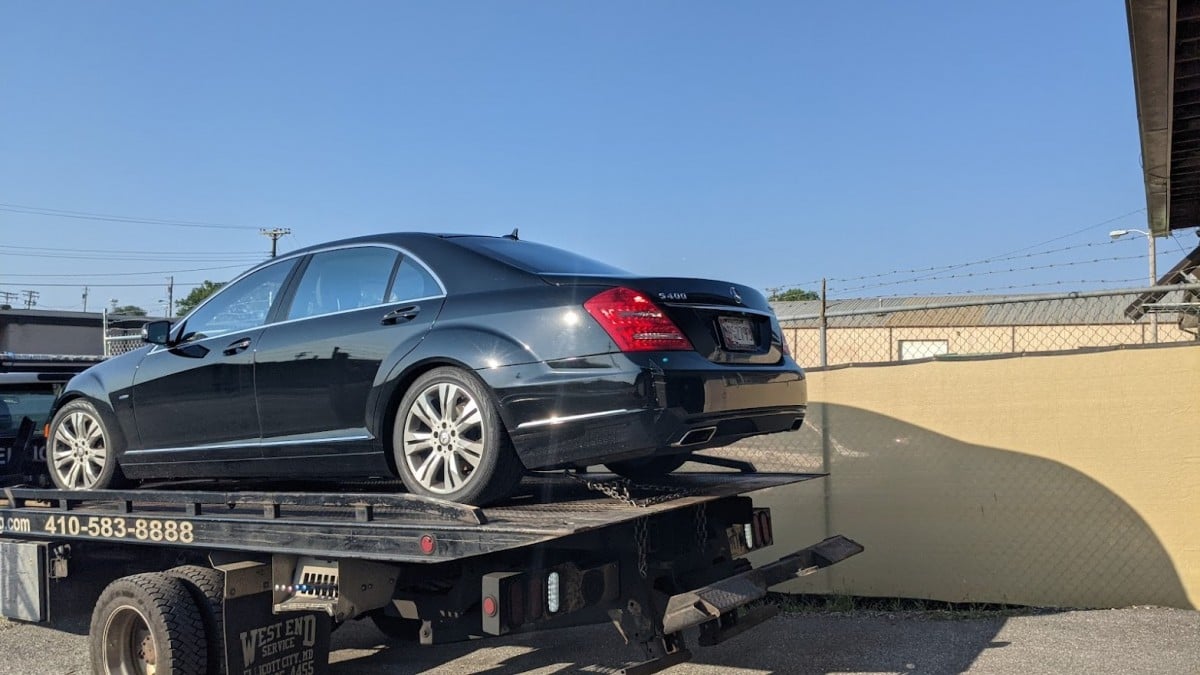
If the engine temperature rises while driving or steam comes from under the hood, you must stop immediately, turn off the engine, and let it cool down.
You may be able to drive as long as the engine doesn’t overheat. Monitor the temperature gauge carefully.
Where did the missing coolant go?
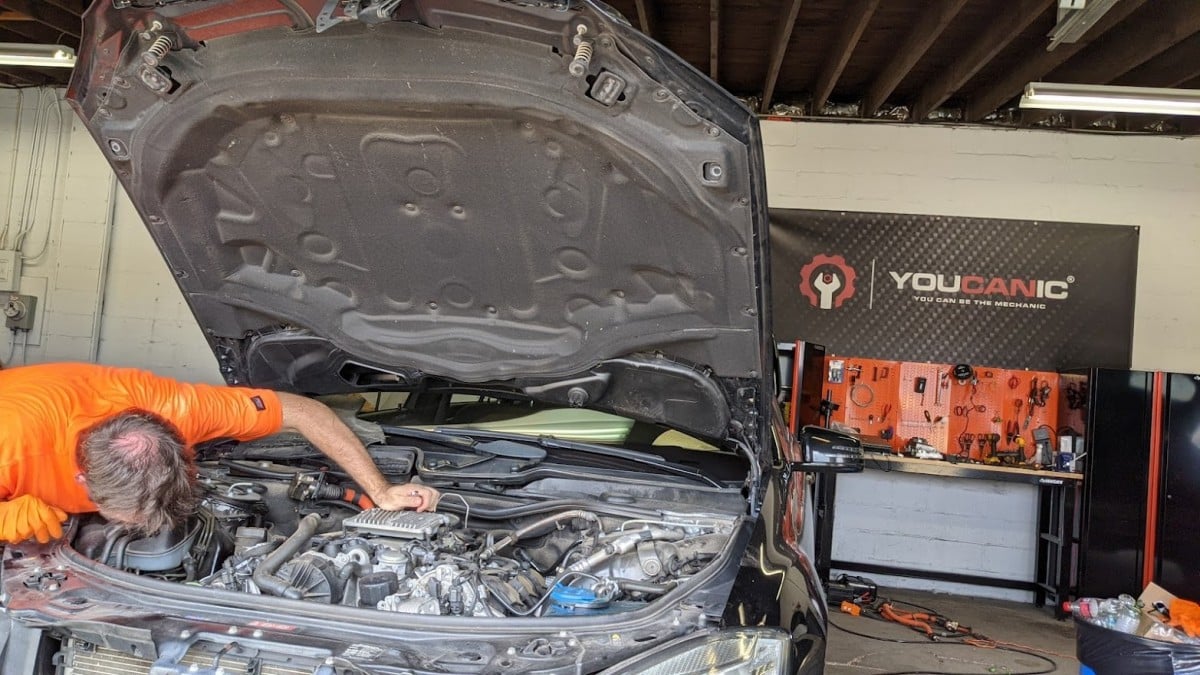
The cooling system is a closed-loop, from which nothing gets out under normal running circumstances. Possible reasons for the lack of coolant fall into two major categories: external leaks or blown head gasket. This can be anything from cracked hoses or leaking radiators to broken coolant bottles or worn water pumps.
Most of these will cause puddles of liquid under the car unless the leak is minor. Another possibility is an internal leak, such as a blown head gasket, where the coolant gets into those engine components it should not. The most common failure that causes this is a broken head gasket, allowing coolant to enter the combustion chamber.
Symptoms that would reveal this condition include white smoke from the exhaust and rock-hard coolant hoses. On newer Mercedes-Benz cars, coolant may also disappear because of cracked oil coolers and EGR coolers on vehicles with diesel engines.
What is the correct engine coolant for Mercedes-Benz
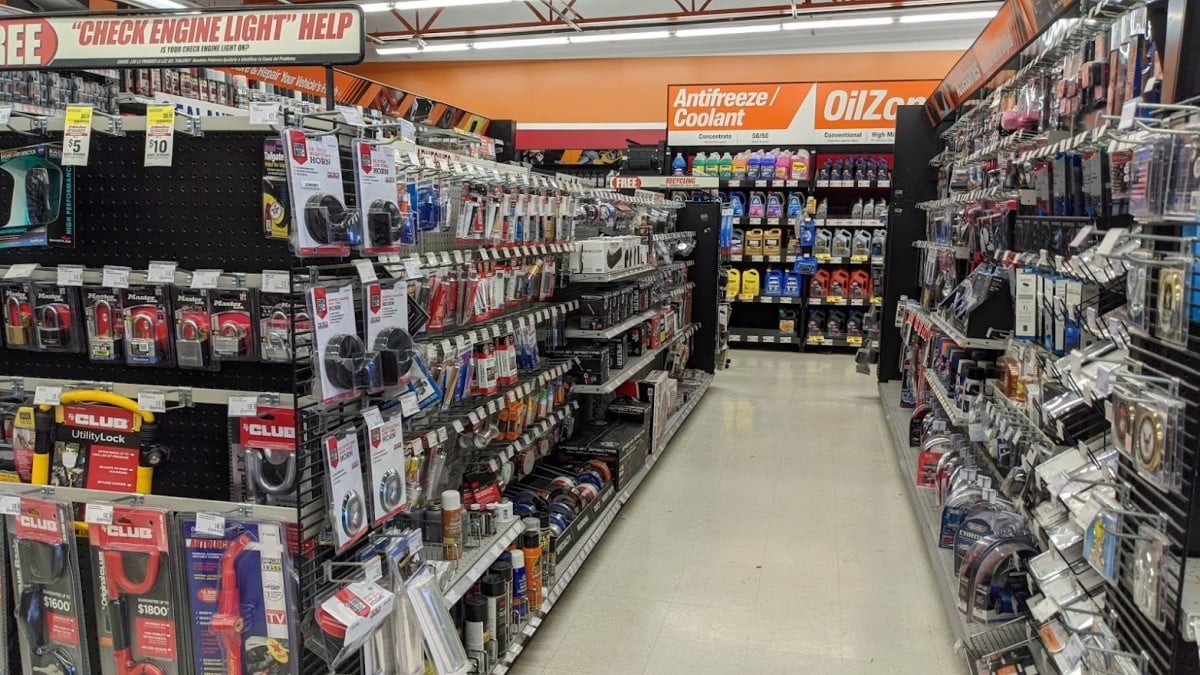
Before filling it out, it is essential to determine what type of coolant should be used. This is straightforward when buying at the Mercedes dealership, as sales agents know the correct coolant. This becomes a challenge when you try to buy a Mercedes-Benz engine coolant from an auto parts store.
Here, drivers may choose between several brands available in several colors. If you buy coolant from a part store, ask the sales representative to look up the correct coolant for your Mercedes-Benz. Mercedes-Benz owners should ensure that they have a coolant that meets manufacturers’ specifications. In most cases, the Mercedes-Benz engine coolant must meet MB 625.5 specifications. See the owner’s manual.
In the case of a pre-mixed coolant, filling up comes down to pouring it into the coolant bottle. Concentrated coolant (antifreeze) must be mixed with distilled water before usage, usually in a 50/50 ratio.
Why does my Mercedes-Benz lose engine coolant?

The most common reasons why a Mercedes-Benz loses engine coolant are:
- Coolant reservoir cap not holding pressure
- Cracked coolant reservoir
- Cracked, broken, or disconnected coolant hoses
- Damaged or cracked radiator leaking coolant
- Blown head gasket
Though the coolant is correct, many Mercedes Benz owners get the Check Coolant Level message. Among potential causes for such behavior, a faulty level sensor within the coolant bottle is the most likely.
The harsh environment of cooling systems may damage sensitive electronic circuitry inside this sensor, making its readings incorrect. The easiest way of solving the issue is by replacing the sensor, which is easy to replace and inexpensive. In addition, damaged wiring and loose or broken connectors are something owners should not rule out.
Conclusion
The “Mercedes-Benz Check Coolant Level” warning light is an indicator on the vehicle’s dashboard that appears when the coolant level in the engine is low. It is important to address this warning as soon as possible, as a low coolant level can lead to engine damage if not addressed. If you see this warning light, you should stop the vehicle in a safe place as soon as possible and check the coolant level in the expansion tank. If it is low, add coolant as necessary and make sure the coolant level is at the proper level. If the warning light persists even after refilling the coolant, it’s recommended to have a professional mechanic check and diagnose the problem as a leak or other underlying issues could cause it; driving your Mercedes-Benz with this warning light on is not recommended.
Check these troubleshooting and repair guides for more help on your Mercedes-Benz.








